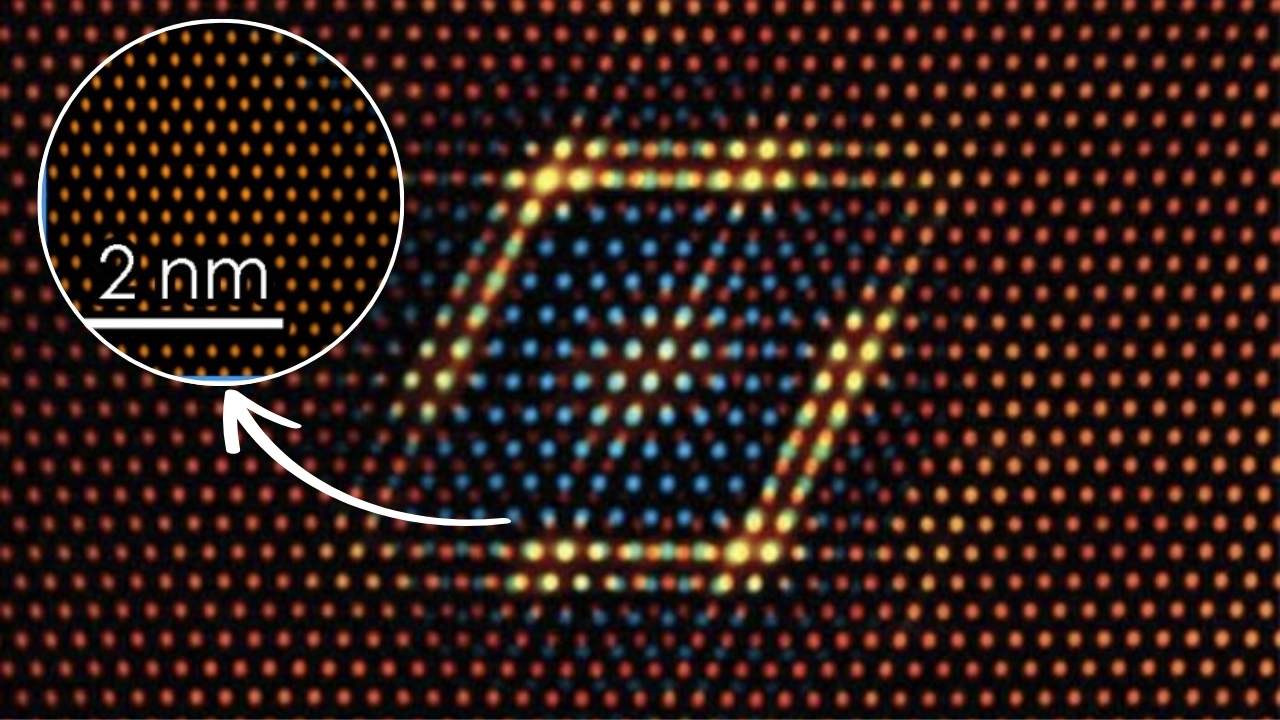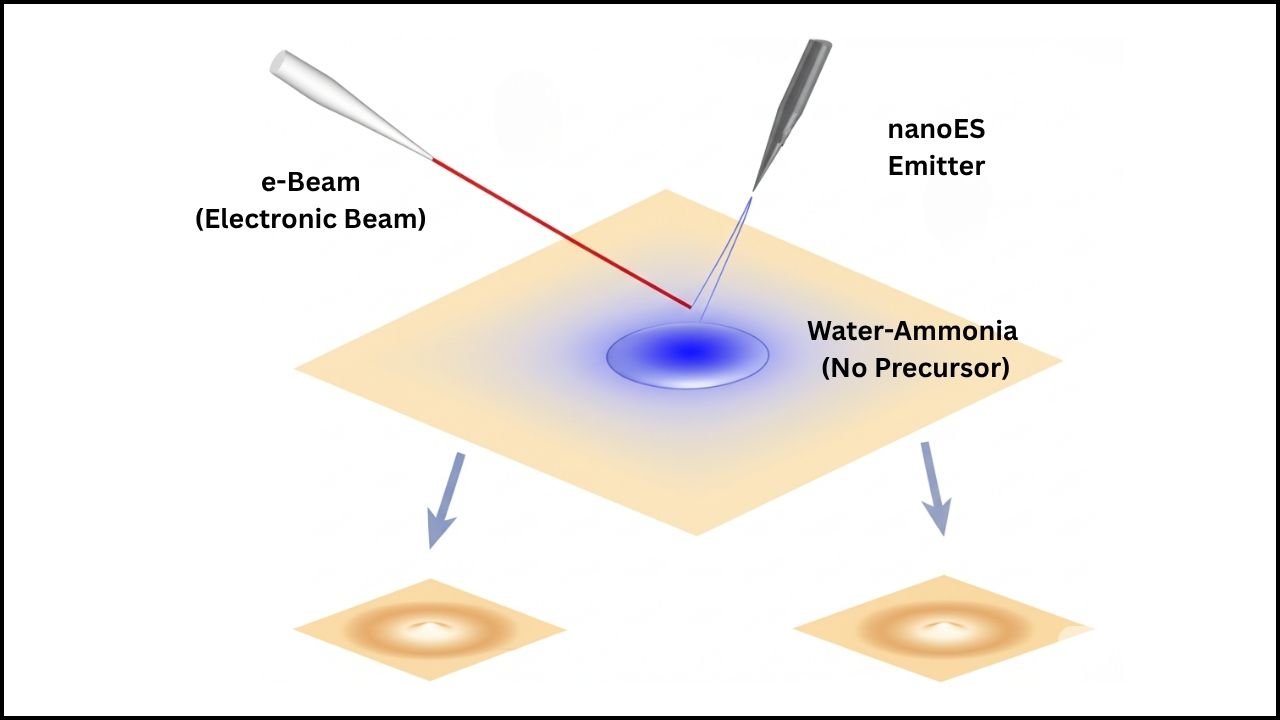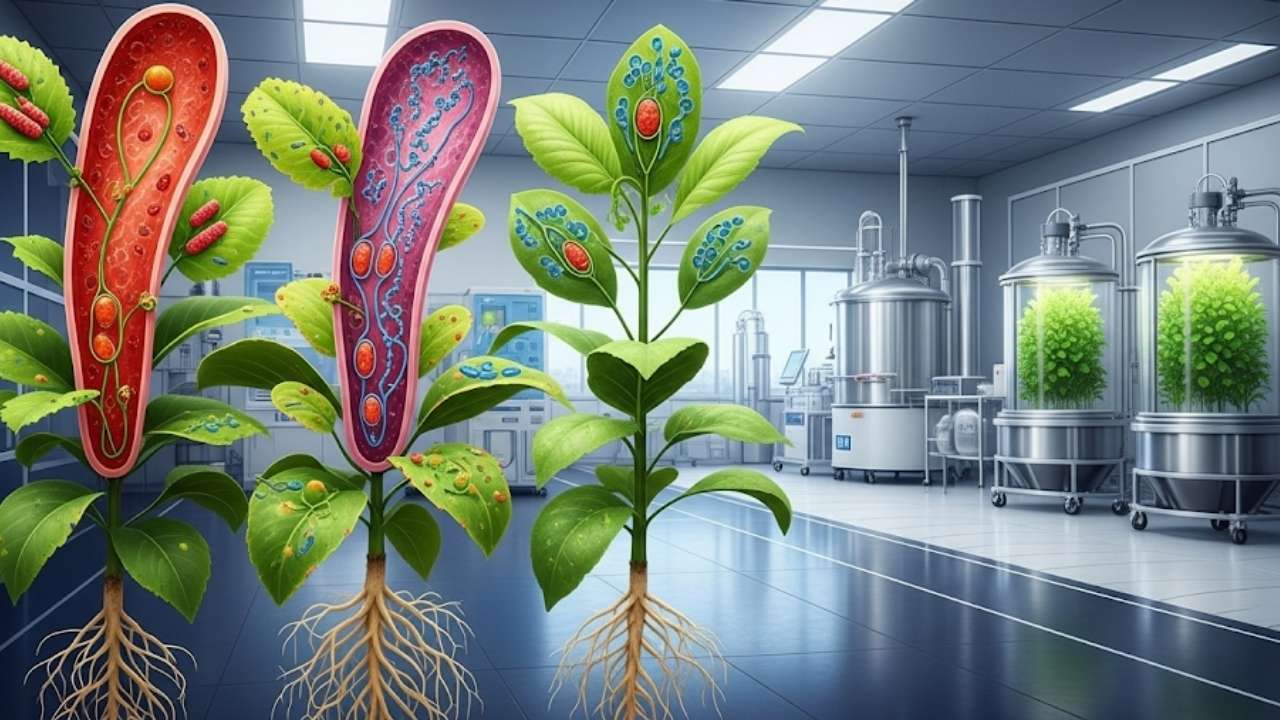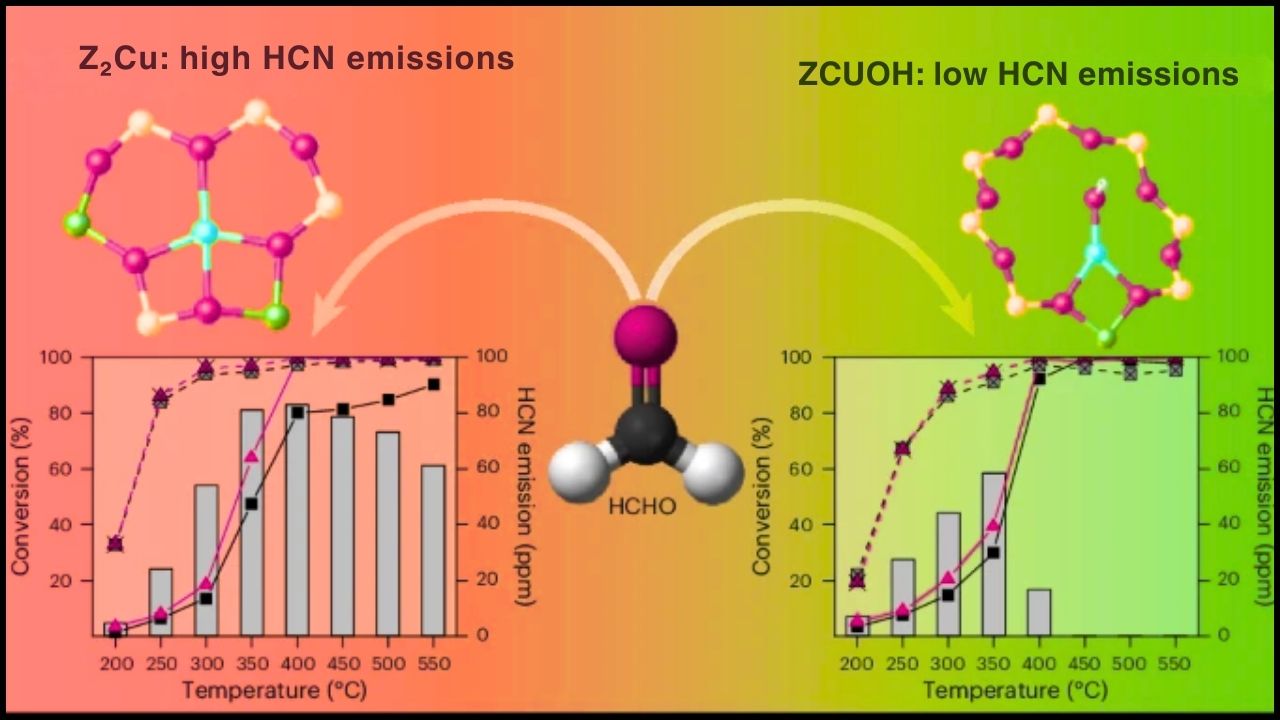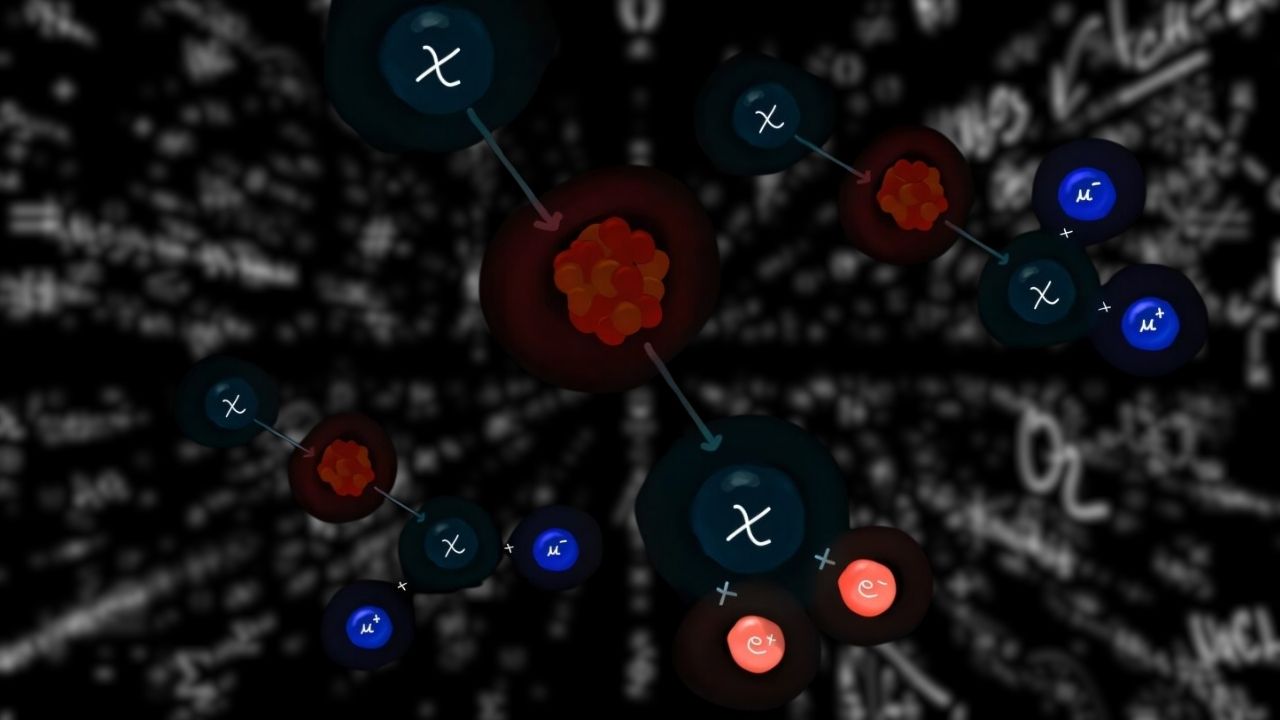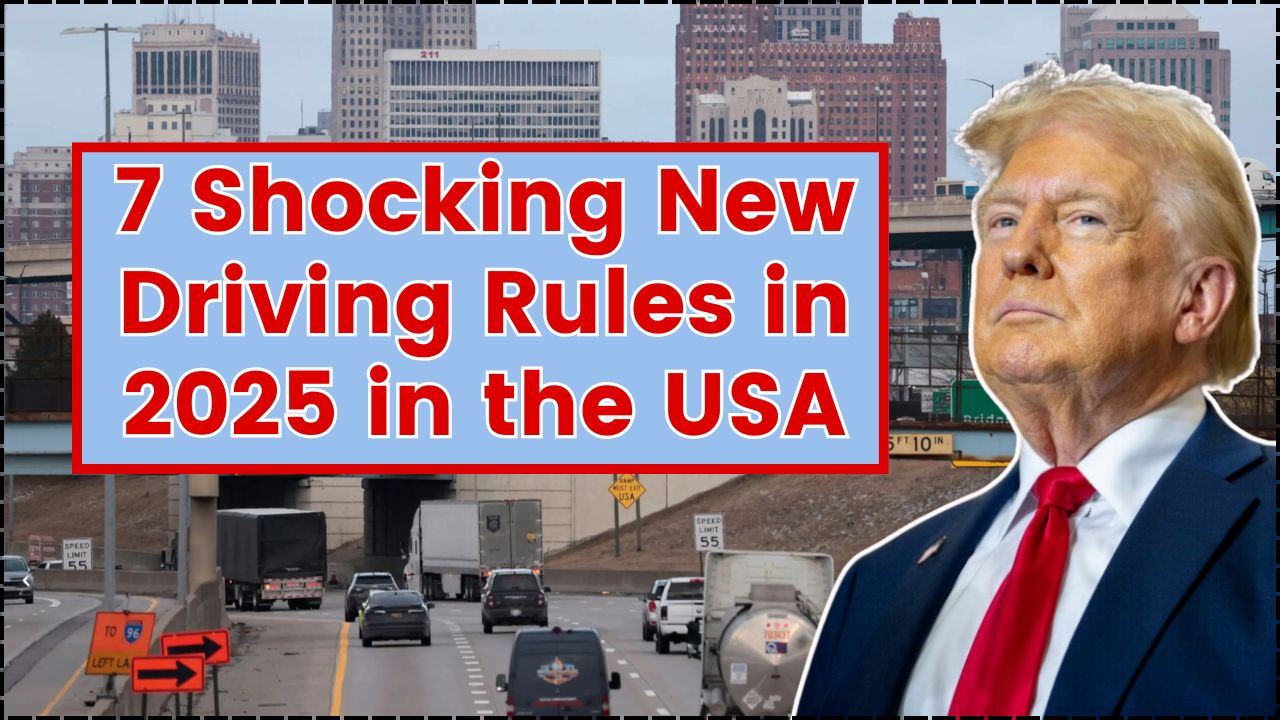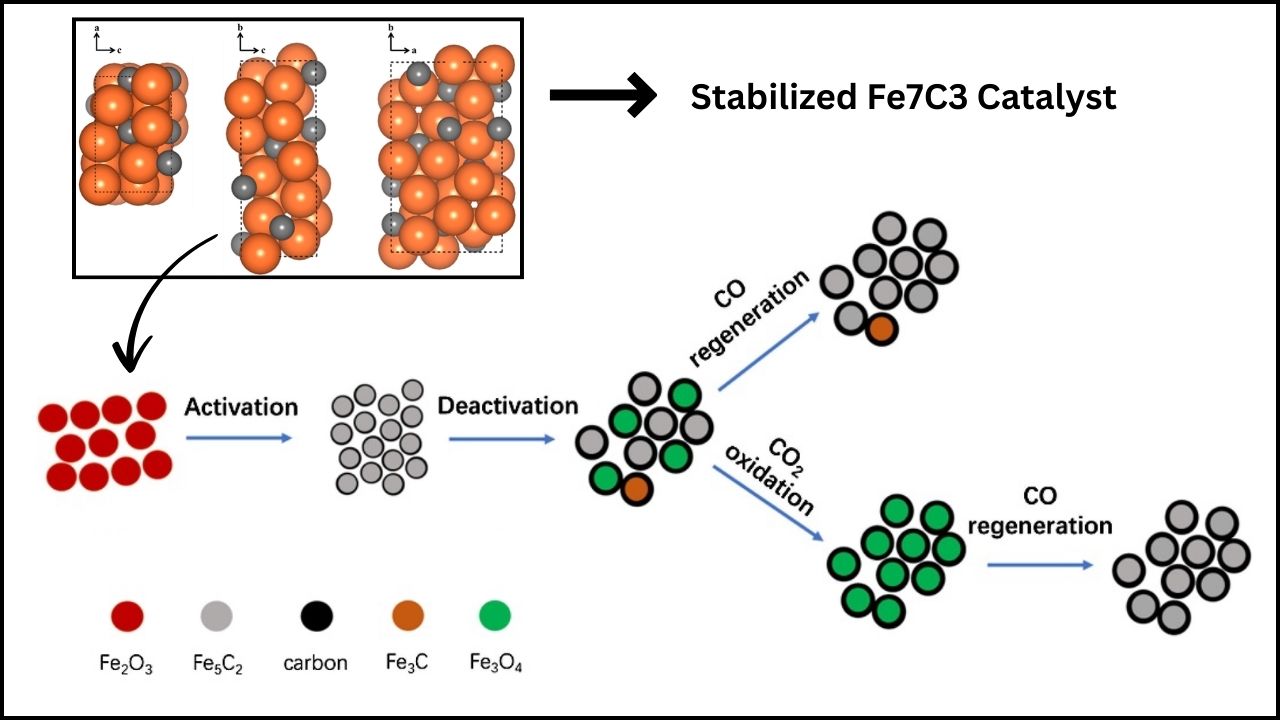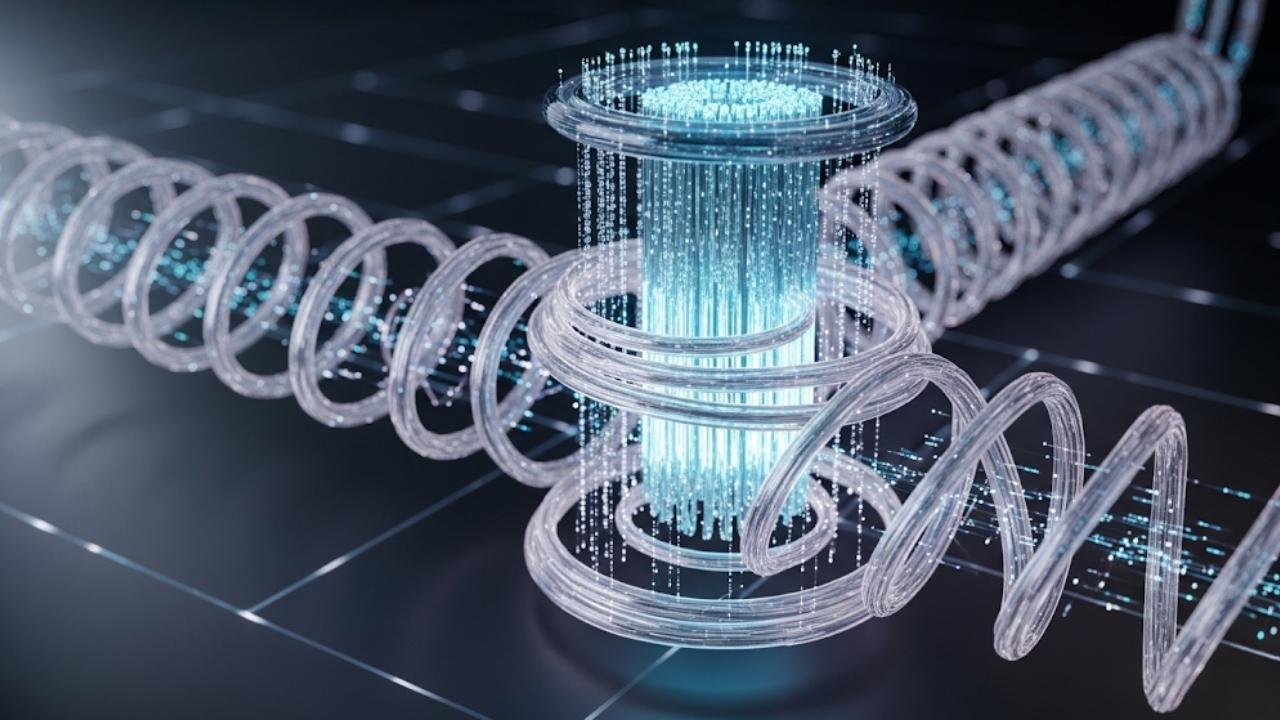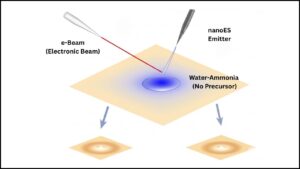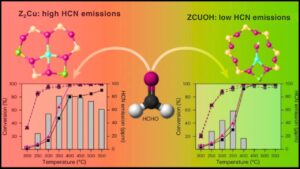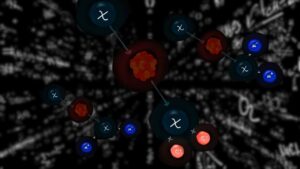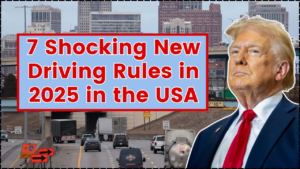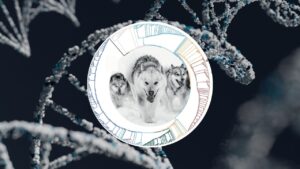Anjali Tamta
I’m a science and technology writer passionate about making complex ideas clear and engaging. At STC News, I cover breakthroughs in innovation, research, and emerging tech. With a background in STEM and a love for storytelling, I aim to connect readers with the ideas shaping our future — one well-researched article at a time.
Army and Researchers Create Super-Copper — Stronger, Lighter, Built for Military Power
The U.S. Army, collaborating with top universities, has developed an advanced super-copper alloy (Cu-Ta-Li) combining copper’s exceptional conductivity with strength and thermal stability rivaling nickel-based superalloys. This nanostructured alloy withstands sustained temperatures up to 800°C (1500°F), providing lighter, tougher materials for defense, aerospace, and energy sectors. Such breakthrough will transform components exposed to extreme conditions, enhancing military readiness and engineering innovation.
Electron Beams Now Sculpt Copper at the Nanoscale — Revolutionizing Electronics and Nanotechnology
Researchers at Georgia Tech have developed a cutting-edge technique that uses focused electron beams to sculpt copper structures at atomic scales in a liquid ammonia-water environment. This method dynamically switches between etching and deposition, enabling complex 3D nanoscale fabrication. This discovery stands to revolutionize electronics manufacturing, quantum computing components, and nanosensors by allowing faster, cheaper, and more precise fabrication than existing technologies.
Genetically Engineered Plants Now Show Higher Efficiency for Sustainable Biofuel Production
Genetically engineered plants are revolutionizing biofuel production by increasing yields, reducing costs, and making the process more sustainable. This article explains how these innovations work, offers practical advice for professionals, and answers common questions, making the topic accessible for everyone from students to industry experts.
Engineered Cu-SSZ-13 Catalyst Cuts Harmful NH3 Emissions — A Big Win for Clean Chemistry
The Cu-SSZ-13 catalyst is a cutting-edge technology transforming diesel emissions by efficiently reducing harmful nitrogen oxides and ammonia. Its stable copper sites and robust structure ensure high pollutant conversion across a wide temperature range, making it a critical tool for cleaner air and sustainable environmental solutions.
Dark Matter Breakthrough: Scientists Might Finally Detect It With This Strange Quantum Trick
Scientists are using quantum technology to hunt dark matter, the mysterious substance making up 80-85% of the universe's mass but invisible to light-based instruments. Techniques involving qubits, Schrödinger cat states, and ultra-cold sensors offer unprecedented detection sensitivity. These advancements could soon provide the first direct evidence of dark matter, marking a milestone in physics and cosmology.
7 Shocking New Driving Rules in 2025 in the USA That Could Instantly Get Your License Suspended
In 2025, U.S. driving laws are tougher than ever. Distracted driving, speeding, DUI, and reckless behavior can now lead to instant license suspension. New rules target phone use, aggression, and unsafe habits to curb rising road fatalities. Driving is a privilege — one careless mistake could end it.
Ancient DNA From Sled Dogs Offers New Clues About Human Migration History
Ancient DNA from Greenland sled dogs, or Qimmeq, is transforming our understanding of Arctic human migration. New research shows these dogs—and the Inuit—arrived in Greenland centuries earlier than previously thought, revealing rapid migration and deep cultural ties. As climate change and technology threaten their survival, the Qimmeq’s story offers vital lessons in resilience, conservation, and the enduring bond between humans and their animal companions.
Aluminum Ion-Based Clock Breaks Record With 19-Decimal Precision
The NIST aluminum ion-based atomic clock has achieved a world-record 19-decimal precision, meaning it would neither gain nor lose a second in over 33 billion years. This breakthrough could redefine the second, improve GPS and communications, and open new frontiers in physics and Earth science—showcasing the power of precision measurement to transform our world.
Stabilized Fe7C3 Catalyst Unlocks Robust CO2 Hydrogenation Into High-Value Olefins
The stabilized Fe7C3 catalyst enhanced with potassium and magnesium promoters unlocks efficient CO2 hydrogenation to valuable olefins with high selectivity and long-term stability. This breakthrough paves the way for sustainable chemical production by converting greenhouse gas into essential industrial feedstocks, merging environmental responsibility with economic viability.
A Quantum Computer From Just One Wire? Scientists Say It’s Possible
Scientists are exploring how to build quantum computers using a single nanowire. This innovative approach offers compact, stable, and scalable quantum computing. Microsoft’s Majorana 1 chip leads the way with a palm-sized chip capable of hosting millions of qubits, promising breakthroughs in cryptography, materials science, and artificial intelligence.
